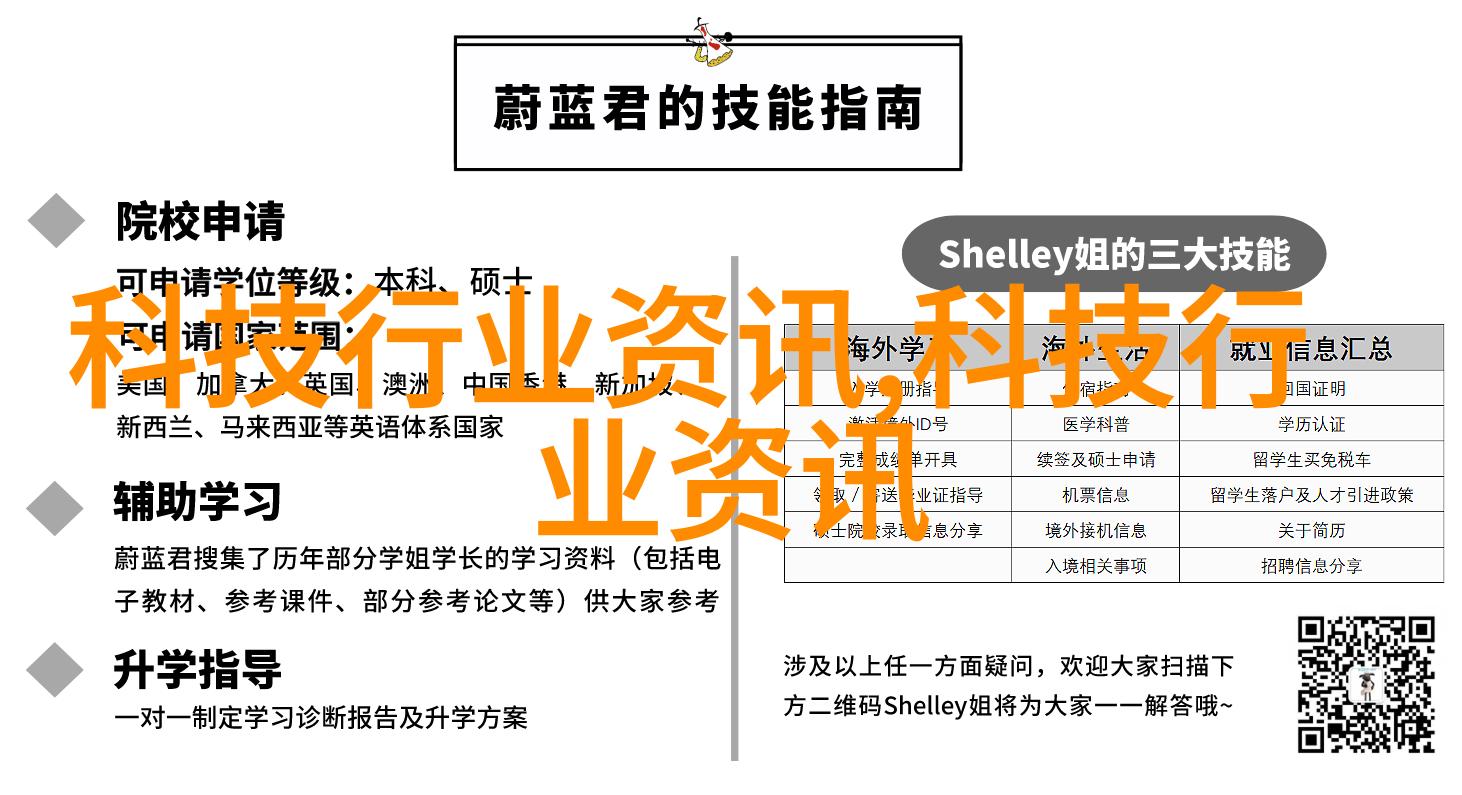在化工行业中,安全和可靠的产品贮存是保证生产连续性和产品质量的关键。然而,化学物质之间可能会发生各种复杂的化学反应,这些反应可以对贮存设备造成重大影响,从而直接关系到产品的稳定性、安全性以及整个生产流程。因此,在设计和运营化工贮存设备时,对于可能发生的一系列化学反应有深入理解是非常重要的。

首先,我们需要了解不同类型化合物在储存在同一处时可能会发生哪些化学变化。例如,一种酸与一种碱混合,即使只是微量,也有可能产生剧烈反应,如喷射或爆炸。在这种情况下,必须确保这些危险品被分开储存,并且使用适当隔离措施来防止任何不幸的事故。
其次,不同温度条件下的环境对于 化学物质具有不同的影响。当某些材料暴露于高温或低温条件下时,它们能够更容易地进行化学变化。这意味着,在选择用于储存特定化合物的容器时,必须考虑这些温度范围,以及它们对该容器材料耐久性的潜在影响。此外,还需要考虑的是,在极端气候条件下,如极端湿度、振动或压力变化的情况下,该容器是否能保持其形状和功能。

此外,由于含有的活跃成分数量不同,每个仓库都应该根据所需处理的大型装箱体积来进行优化设计。这包括考虑填充密度,以减少空隙并最大限度地利用空间,同时也要确保货物不会过度堆叠以避免损坏。为了实现这一点,可以通过调整罐体尺寸、加装支架系统以及采用专门设计的人字形栈等技术手段来实现。
除了物理因素之外,更为复杂的问题还涉及到了chemical reactions themselves. 例如,当两个不同的溶液相遇时,它们可以形成一个新的组合,而这个新组合可能具有完全不同的属性,比如更高或者更低的沸点或者固定的点,这些改变都可以严重干扰正常操作。如果没有正确监控这些过程,并采取适当措施控制它们,那么就很难预测并管理这样的变换,并且最终导致了不可预见的情况发生。

总之,将Chemical Reactions into account when designing and operating chemical storage devices is crucial for ensuring the stability, safety, and continuity of production. By understanding the potential interactions between different chemicals, selecting appropriate materials for containers, optimizing storage conditions, and monitoring process variables closely, we can minimize risks associated with chemical reactions and ensure that our products are consistently high-quality.
In conclusion, it is essential to take into account the possible effects of chemical reactions when designing and managing chemical storage facilities. This includes considering factors such as container material selection based on specific requirements or environmental conditions; maintaining optimal temperature ranges; controlling humidity levels; preventing contamination from other substances in the vicinity; minimizing mechanical stress by using proper stacking techniques; implementing adequate ventilation systems to remove harmful gases produced during reaction processes;and continuously monitoring these processes to make necessary adjustments as needed.
